Home>Furniture & Design>Outdoor Furniture>What Is A Photocell For An Outdoor Light
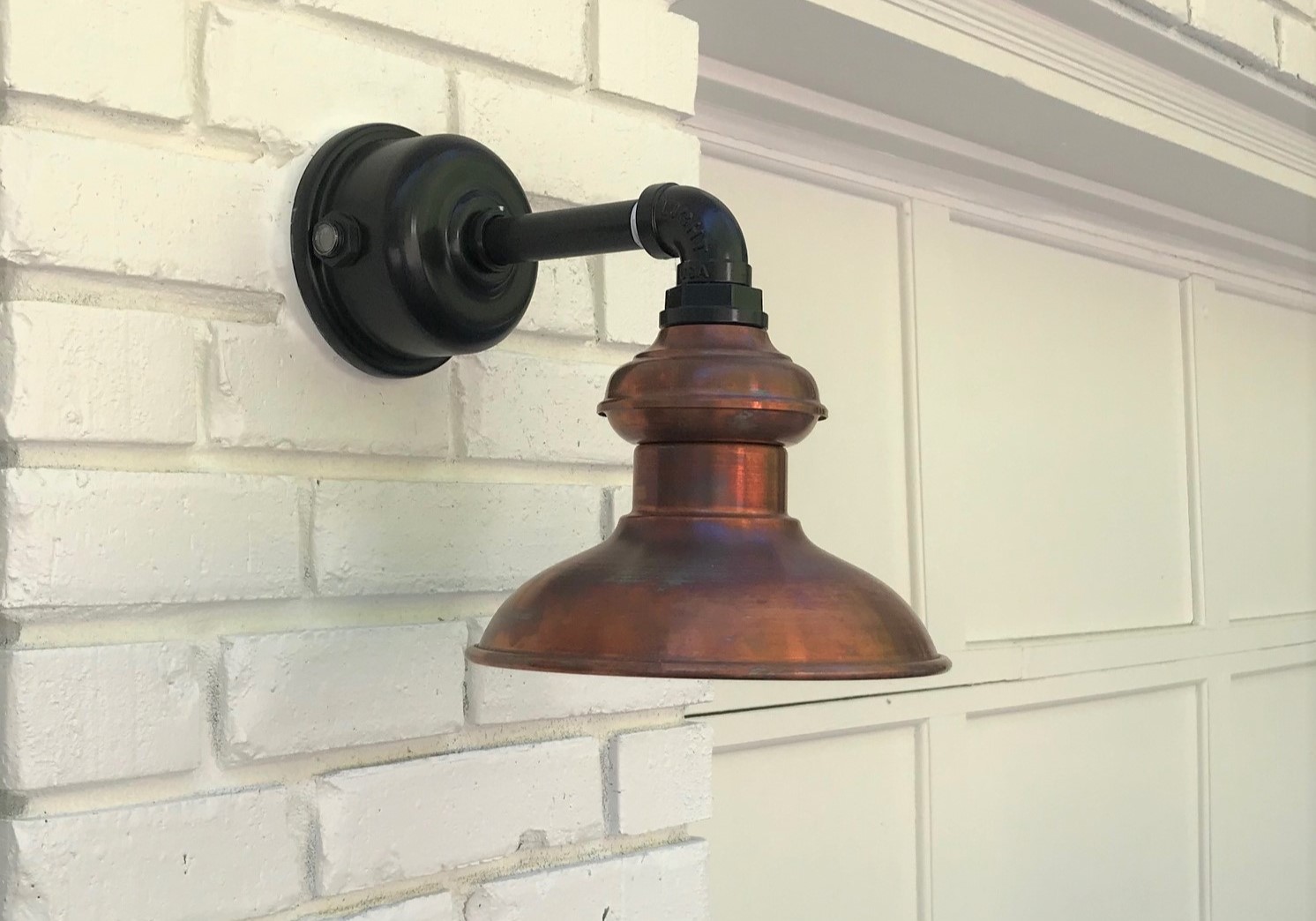

Outdoor Furniture
What Is A Photocell For An Outdoor Light
Modified: August 27, 2024
Discover the benefits of using a photocell for outdoor lights and how it enhances your outdoor furniture, design, and overall ambiance. Learn how to optimize your outdoor space with a photocell for improved functionality and aesthetics.
(Many of the links in this article redirect to a specific reviewed product. Your purchase of these products through affiliate links helps to generate commission for Storables.com, at no extra cost. Learn more)
Introduction
When it comes to outdoor lighting, the integration of technology has significantly enhanced both the functionality and efficiency of these fixtures. One such innovation that has garnered widespread attention is the utilization of photocells in outdoor lights. These small yet powerful devices have revolutionized the way outdoor lighting operates, offering a myriad of benefits that cater to both practical and energy-saving needs.
In this comprehensive guide, we will delve into the intricacies of photocells for outdoor lights, exploring their functionality, benefits, applications, types, and installation and maintenance tips. By the end of this journey, you will have a profound understanding of how photocells contribute to the optimization of outdoor lighting systems, empowering you to make informed decisions when incorporating them into your outdoor spaces. Let's embark on this enlightening exploration of photocells for outdoor lights.
Key Takeaways:
- Photocells in outdoor lights automatically adjust brightness based on natural light, saving energy and enhancing safety. They’re like smart eyes for outdoor lighting, making it efficient and eco-friendly.
- Different types of photocells cater to various outdoor lighting needs, from homes to public spaces. They’re like adaptable sensors, ensuring lights work seamlessly in different environments, making outdoor spaces safer and more inviting.
What Is a Photocell?
A photocell, also known as a photoelectric sensor or light-dependent resistor (LDR), is a crucial component integrated into outdoor lighting systems to regulate their operation based on ambient light levels. This electronic sensor possesses the remarkable ability to detect changes in light intensity, subsequently triggering the activation or deactivation of outdoor lights. The fundamental principle behind a photocell lies in its sensitivity to light, enabling it to autonomously respond to varying environmental conditions.
Typically, a photocell comprises a semiconductor material that exhibits altered electrical conductivity in response to light exposure. When photons from ambient light strike the surface of the photocell, they initiate a process that modifies the material’s conductivity, thereby generating an electrical signal. This signal serves as the catalyst for controlling the operation of outdoor lights, facilitating automatic adjustments in illumination based on the prevailing natural light levels.
Photocells are designed to be incredibly responsive, swiftly adapting to changes in the surrounding light environment. This inherent responsiveness enables them to effectively regulate outdoor lighting, ensuring that lights are activated at dusk and deactivated at dawn, aligning with the natural progression of daylight and darkness. As such, photocells play a pivotal role in optimizing energy consumption by preventing outdoor lights from needlessly operating during daylight hours.
Moreover, the integration of photocells introduces a layer of intelligence to outdoor lighting systems, endowing them with the capability to autonomously synchronize with the diurnal rhythm. This seamless coordination not only enhances the practicality of outdoor lighting but also contributes to energy efficiency, making photocells a valuable asset in modern outdoor illumination.
By harnessing the innate sensitivity of photocells to light, outdoor lighting systems can achieve a harmonious balance between functionality, energy conservation, and environmental responsiveness. The next section will illuminate the inner workings of photocells, unraveling the mechanisms that enable these remarkable devices to orchestrate the luminance of outdoor spaces with unparalleled precision.
How Does a Photocell Work?
The operation of a photocell hinges on its ability to detect variations in ambient light levels and translate these changes into electrical signals that govern the activation and deactivation of outdoor lights. At the core of this functionality lies the semiconductor material within the photocell, which undergoes a transformation in its electrical properties when exposed to light.
When ambient light interacts with the surface of the photocell, the semiconductor material undergoes a process known as the photoelectric effect. This phenomenon causes the material’s conductivity to undergo a discernible alteration, generating a corresponding change in electrical resistance. As a result, the photocell produces an electrical signal that is directly proportional to the intensity of the incident light, effectively translating luminance variations into electrical impulses.
The electrical signal generated by the photocell serves as the primary mechanism for controlling the operation of outdoor lights. When the ambient light diminishes, signifying the onset of dusk, the electrical signal from the photocell triggers the activation of the outdoor lights, allowing them to illuminate the surroundings. Conversely, as daylight emerges and the ambient light intensifies, the electrical signal undergoes a shift, prompting the photocell to facilitate the deactivation of the outdoor lights, aligning their operation with the natural progression of light and darkness.
Notably, the responsiveness of photocells to changes in light levels enables them to swiftly and accurately regulate the activation and deactivation of outdoor lights. This real-time adaptation ensures that the lights seamlessly synchronize with the diurnal cycle, optimizing energy consumption and enhancing the practicality of outdoor illumination. Furthermore, the precision of photocell-driven control minimizes the reliance on manual intervention, fostering a self-regulating outdoor lighting system that operates in harmony with its environment.
By harnessing the intrinsic relationship between light and electrical conductivity, photocells empower outdoor lighting systems to embody a dynamic and environmentally conscious approach to luminance management. The next section will illuminate the myriad benefits that stem from integrating photocells into outdoor lights, shedding light on their transformative impact on energy efficiency and operational convenience.
Benefits of Using a Photocell for Outdoor Lights
Integrating photocells into outdoor lighting systems yields a plethora of compelling benefits, elevating the functionality, efficiency, and practicality of these illuminative fixtures. The utilization of photocells not only enhances the operational intelligence of outdoor lights but also contributes to substantial energy savings and environmental conscientiousness. Let’s explore the multifaceted advantages that arise from harnessing the capabilities of photocells in outdoor lighting.
- Energy Efficiency: By autonomously regulating the activation and deactivation of outdoor lights based on ambient light levels, photocells mitigate unnecessary energy consumption during daylight hours. This proactive energy management aligns the operation of outdoor lights with the natural progression of light and darkness, significantly reducing electricity usage and minimizing environmental impact.
- Convenience and Automation: The integration of photocells imbues outdoor lighting systems with the ability to autonomously adapt to changing light conditions, eliminating the need for manual intervention. This seamless automation enhances operational convenience, ensuring that outdoor lights consistently align with the prevailing ambient light levels without requiring user input.
- Enhanced Safety and Security: Photocell-equipped outdoor lights contribute to heightened safety and security by automatically illuminating outdoor spaces as darkness descends. This proactive approach to illumination deters potential intruders and enhances visibility, fostering a secure environment for both residential and commercial settings.
- Prolonged Fixture Lifespan: The controlled activation and deactivation of outdoor lights facilitated by photocells mitigate unnecessary operational hours, consequently extending the lifespan of light fixtures. This preservation of fixture longevity translates into reduced maintenance requirements and prolonged reliability, optimizing the overall cost of ownership.
- Environmental Responsiveness: Photocells enable outdoor lighting systems to harmonize with the natural light cycle, minimizing light pollution and preserving the nocturnal ecosystem. By operating in tandem with the diurnal rhythm, photocell-regulated lights uphold environmental sustainability and contribute to the preservation of natural habitats.
The amalgamation of these benefits underscores the transformative impact of integrating photocells into outdoor lights. From substantial energy savings to heightened operational efficiency and environmental mindfulness, photocells epitomize a pivotal advancement in the realm of outdoor lighting technology. The subsequent section will shed light on the diverse applications of photocells for outdoor lights, elucidating the versatile scenarios in which these innovative devices excel.
Common Applications of Photocells for Outdoor Lights
The versatility and adaptability of photocells render them indispensable components in a wide array of outdoor lighting applications, catering to diverse settings and requirements. From residential landscapes to commercial premises and public spaces, the integration of photocells enriches outdoor lighting systems with unparalleled functionality and operational intelligence. Let’s explore the common scenarios where photocells for outdoor lights are instrumental in optimizing luminance management.
- Residential Outdoor Lighting: Photocells are extensively utilized in residential outdoor lighting setups, orchestrating the automatic activation and deactivation of porch lights, pathway illumination, and garden lighting. This application ensures that residential outdoor spaces are consistently and efficiently illuminated, enhancing safety and visual appeal while minimizing energy consumption.
- Commercial and Industrial Facilities: In commercial and industrial settings, photocells play a pivotal role in regulating exterior lighting for parking lots, building perimeters, and signage. By seamlessly adapting to changing light conditions, photocell-integrated lights optimize visibility and security while streamlining operational efficiency and energy usage in these bustling environments.
- Public Area Illumination: Public spaces such as parks, recreational areas, and walkways benefit from the deployment of photocells in outdoor lighting systems. By automatically adjusting the luminance of these areas in response to natural light levels, photocells contribute to enhanced safety, accessibility, and energy conservation, fostering a welcoming and secure environment for public use.
- Landscape and Architectural Lighting: Photocells are instrumental in managing landscape and architectural lighting, ensuring that outdoor features, facades, and artistic installations are elegantly illuminated while maintaining energy efficiency. The seamless integration of photocells enables these outdoor elements to harmonize with the ambient light, creating captivating visual experiences without unnecessary energy expenditure.
- Roadway and Pathway Lighting: In roadway and pathway lighting systems, photocells facilitate the adaptive control of illumination, catering to changing light conditions and vehicular or pedestrian traffic patterns. This application optimizes visibility, safety, and energy usage, ensuring that roadways and pathways are appropriately and efficiently lit throughout varying environmental circumstances.
These diverse applications underscore the pervasive influence of photocells in enhancing the functionality, efficiency, and environmental responsiveness of outdoor lighting across residential, commercial, and public domains. The subsequent section will delve into the various types of photocells utilized in outdoor lighting systems, shedding light on the nuanced features and capabilities that characterize these essential components.
A photocell for an outdoor light is a sensor that detects the amount of light in the surrounding environment. It automatically turns the light on at dusk and off at dawn, saving energy and providing security.
Read also: 8 Amazing Light Socket Photocell for 2025
Types of Photocells for Outdoor Lights
The realm of outdoor lighting encompasses a diverse spectrum of applications, each demanding distinct features and capabilities from the integrated photocells. To cater to these varied requirements, an assortment of photocell types have been developed, each tailored to excel in specific environmental conditions and operational contexts. Let’s explore the primary types of photocells utilized in outdoor lighting systems, elucidating their unique attributes and suitability for diverse applications.
- Direct-Acting Photocells: Direct-acting photocells, also known as resistive photocells, are the most common type employed in outdoor lighting. These photocells exhibit a linear response to changes in light intensity, directly modulating the electrical resistance to regulate the operation of outdoor lights. Their simplicity, reliability, and cost-effectiveness make them ideal for a wide range of outdoor lighting applications, from residential landscapes to commercial premises.
- Electronic Photocells: Electronic photocells leverage advanced semiconductor technology to achieve precise and responsive light sensing capabilities. These photocells offer enhanced accuracy and flexibility in light level detection, enabling nuanced control over the activation and deactivation of outdoor lights. Their adaptability and sensitivity make them well-suited for applications that demand sophisticated light management, such as architectural and landscape lighting.
- Twilight Switches: Twilight switches, a specialized variant of photocells, are designed to activate outdoor lights when ambient light levels diminish to a predefined threshold. These switches ensure that outdoor illumination seamlessly transitions from daylight to twilight, offering a seamless and reliable approach to managing outdoor lighting during the onset of dusk. Their dependable performance and uncomplicated operation make them a popular choice for residential and public area lighting.
- Photovoltaic Cells: Photovoltaic cells, commonly known as solar cells, represent a sustainable and energy-efficient approach to light sensing in outdoor lighting systems. By harnessing solar energy to power the photocell, these devices offer a self-sustaining solution for regulating outdoor lights based on ambient light levels. Their eco-friendly design and independence from grid power make them an ideal choice for off-grid and environmentally conscious outdoor lighting installations.
- Wireless Photocells: Wireless photocells integrate wireless communication technology to facilitate seamless interaction with outdoor lighting controls. These innovative photocells offer enhanced flexibility and convenience, allowing for remote configuration and monitoring of outdoor lighting systems. Their wireless connectivity and remote management capabilities make them well-suited for dynamic and expansive outdoor lighting deployments.
By encompassing a diverse array of photocell types, outdoor lighting systems can be tailored to specific requirements, ensuring optimal performance and energy efficiency across residential, commercial, and public outdoor spaces. The subsequent section will provide valuable insights into the installation and maintenance considerations for photocells in outdoor lighting, empowering users to maximize the longevity and effectiveness of these essential components.
Installation and Maintenance Tips for Photocells
The successful integration and sustained performance of photocells in outdoor lighting systems hinge on meticulous installation practices and conscientious maintenance routines. By adhering to best practices during installation and proactively addressing maintenance requirements, the longevity and effectiveness of photocells can be optimized, ensuring seamless and reliable operation. Let’s delve into essential tips for the installation and maintenance of photocells in outdoor lighting systems.
Installation Tips:
- Positioning and Orientation: When installing photocells, ensure that they are positioned to receive unobstructed exposure to ambient light. This facilitates accurate light sensing and responsive control over the activation and deactivation of outdoor lights. Additionally, orient the photocells to minimize the impact of artificial light sources, optimizing their sensitivity to natural light variations.
- Weatherproof Enclosures: Utilize weatherproof enclosures or housings to protect photocells from environmental elements such as moisture, dust, and debris. This safeguards the integrity of the photocells and prolongs their operational lifespan, mitigating the risk of premature failure due to exposure to adverse weather conditions.
- Secure Mounting: Ensure that photocells are securely mounted to prevent unintended movement or misalignment. A stable and firm mounting configuration minimizes the risk of misreadings or erratic behavior, fostering consistent and reliable light sensing performance.
- Compliance with Manufacturer Guidelines: Adhere to the installation guidelines provided by the photocell manufacturer, ensuring that the integration process aligns with recommended practices. This includes following specified wiring configurations, voltage ratings, and compatibility considerations to optimize the functionality and safety of the photocells.
Maintenance Tips:
- Periodic Cleaning: Regularly clean the surface of photocells to remove accumulated dirt, grime, or debris that may impede their light sensing capabilities. A clean surface ensures unhindered light detection, preserving the accuracy and responsiveness of the photocells in regulating outdoor lights.
- Inspection for Damage: Routinely inspect photocells for signs of physical damage, corrosion, or wear. Address any identified issues promptly to prevent compromised performance and potential malfunctions. This proactive approach to maintenance safeguards the longevity and reliability of the photocells.
- Testing and Calibration: Periodically test and calibrate photocells to verify their responsiveness and accuracy in light level detection. This process ensures that the photocells remain finely tuned for optimal performance, preempting deviations in their functionality and preserving the precision of outdoor lighting control.
- Replacement of Aging Components: Monitor the operational lifespan of photocells and proactively replace aging or deteriorating components. By refreshing the photocell components in a timely manner, the overall reliability and effectiveness of the outdoor lighting system can be upheld, mitigating the risk of performance degradation.
By conscientiously adhering to these installation and maintenance tips, the seamless integration and sustained performance of photocells in outdoor lighting systems can be assured, fostering optimal functionality and longevity. The subsequent section will encapsulate the enlightening journey through the intricacies of photocells for outdoor lights, culminating in a comprehensive understanding of their transformative impact on outdoor illumination.
Conclusion
The integration of photocells into outdoor lighting systems heralds a paradigm shift in the way luminance is managed, offering a harmonious blend of operational intelligence, energy efficiency, and environmental responsiveness. These remarkable devices, equipped with the ability to autonomously regulate the activation and deactivation of outdoor lights based on ambient light levels, have redefined the landscape of outdoor illumination. From residential landscapes to commercial premises and public spaces, photocells have emerged as indispensable components, enriching outdoor lighting with unparalleled functionality and practicality.
By harnessing the innate sensitivity of photocells to light, outdoor lighting systems achieve a delicate equilibrium between functionality, energy conservation, and environmental conscientiousness. The seamless orchestration of outdoor lights in response to changing light conditions ensures optimal visibility, safety, and energy efficiency, transcending traditional approaches to outdoor illumination.
Furthermore, the diverse applications of photocells in outdoor lighting underscore their pervasive influence across residential, commercial, and public domains. From enhancing safety and security to preserving energy and prolonging fixture lifespans, photocells have proven to be transformative assets in the realm of outdoor lighting technology.
As outdoor lighting continues to evolve, the multifaceted benefits, adaptability, and nuanced capabilities of photocells position them as catalysts for sustainable and intelligent luminance management. By embracing the insights and best practices outlined in this guide, users can harness the full potential of photocells, optimizing the longevity and effectiveness of these essential components in outdoor lighting systems.
In conclusion, the journey through the intricacies of photocells for outdoor lights has illuminated their pivotal role in shaping the future of outdoor illumination, embodying a dynamic and environmentally conscious approach to luminance management. As we navigate the ever-evolving landscape of outdoor lighting, the integration of photocells stands as a testament to the transformative power of technology in harmonizing functionality, efficiency, and environmental mindfulness.
Frequently Asked Questions about What Is A Photocell For An Outdoor Light
Was this page helpful?
At Storables.com, we guarantee accurate and reliable information. Our content, validated by Expert Board Contributors, is crafted following stringent Editorial Policies. We're committed to providing you with well-researched, expert-backed insights for all your informational needs.
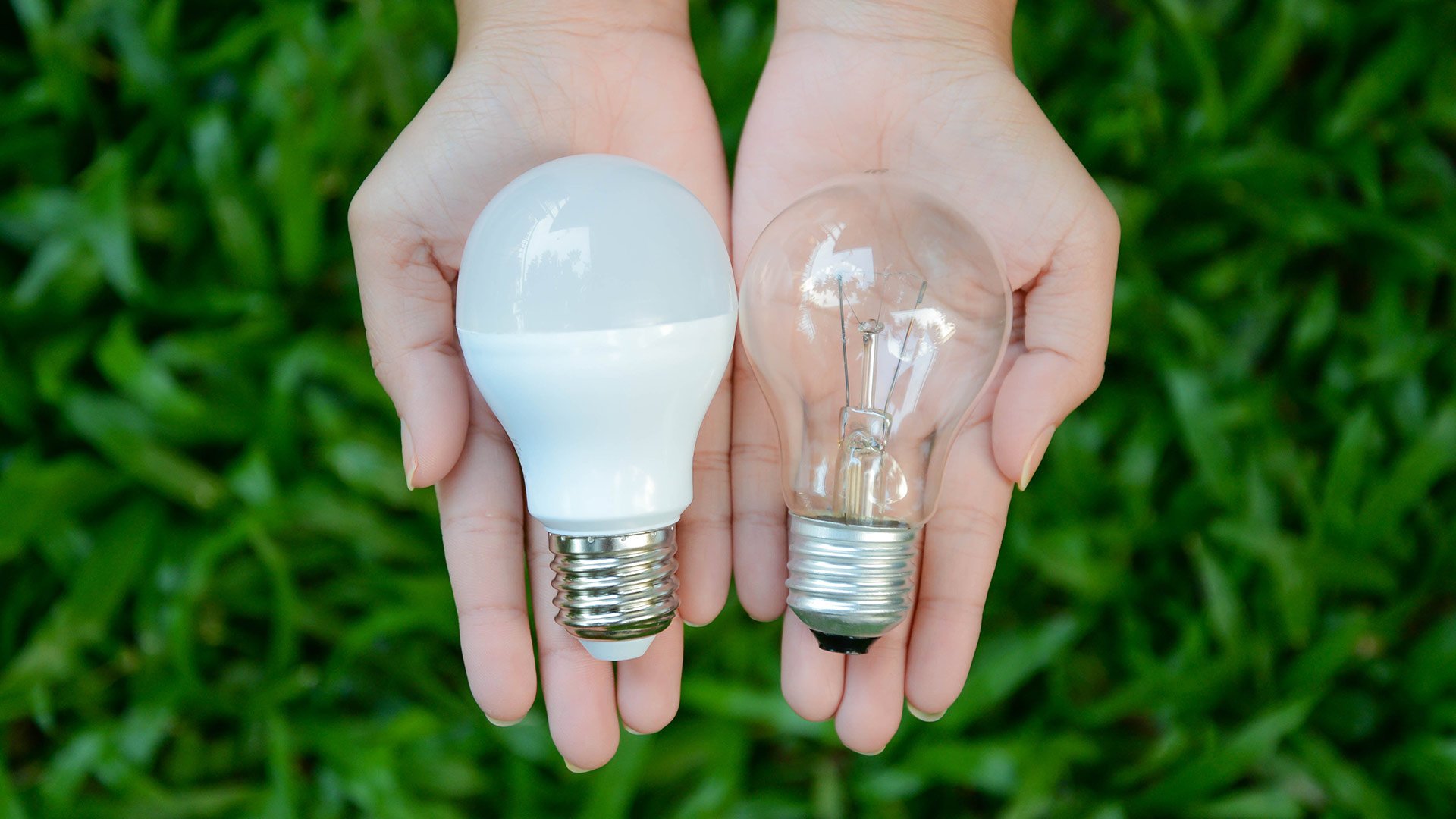
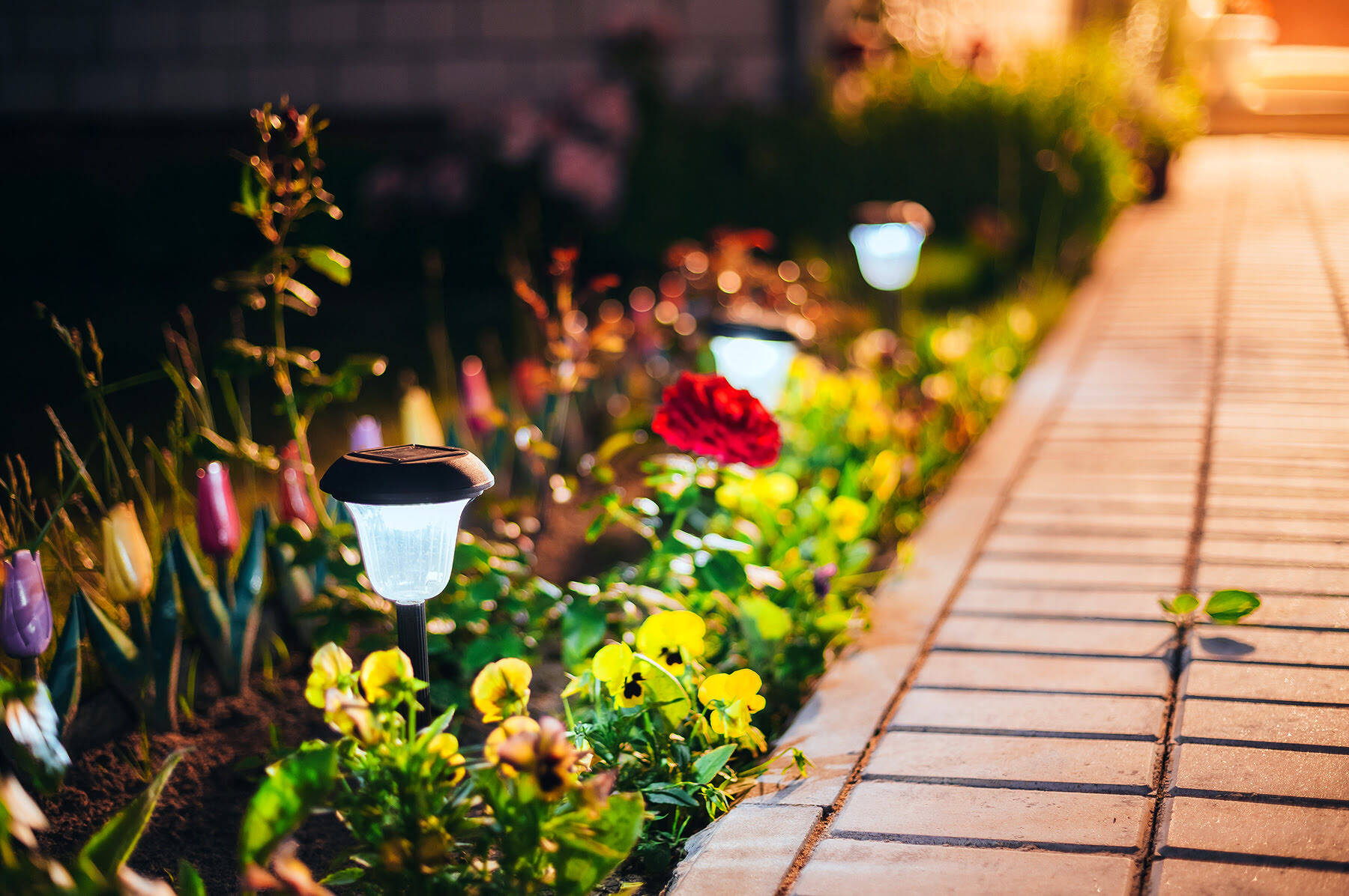
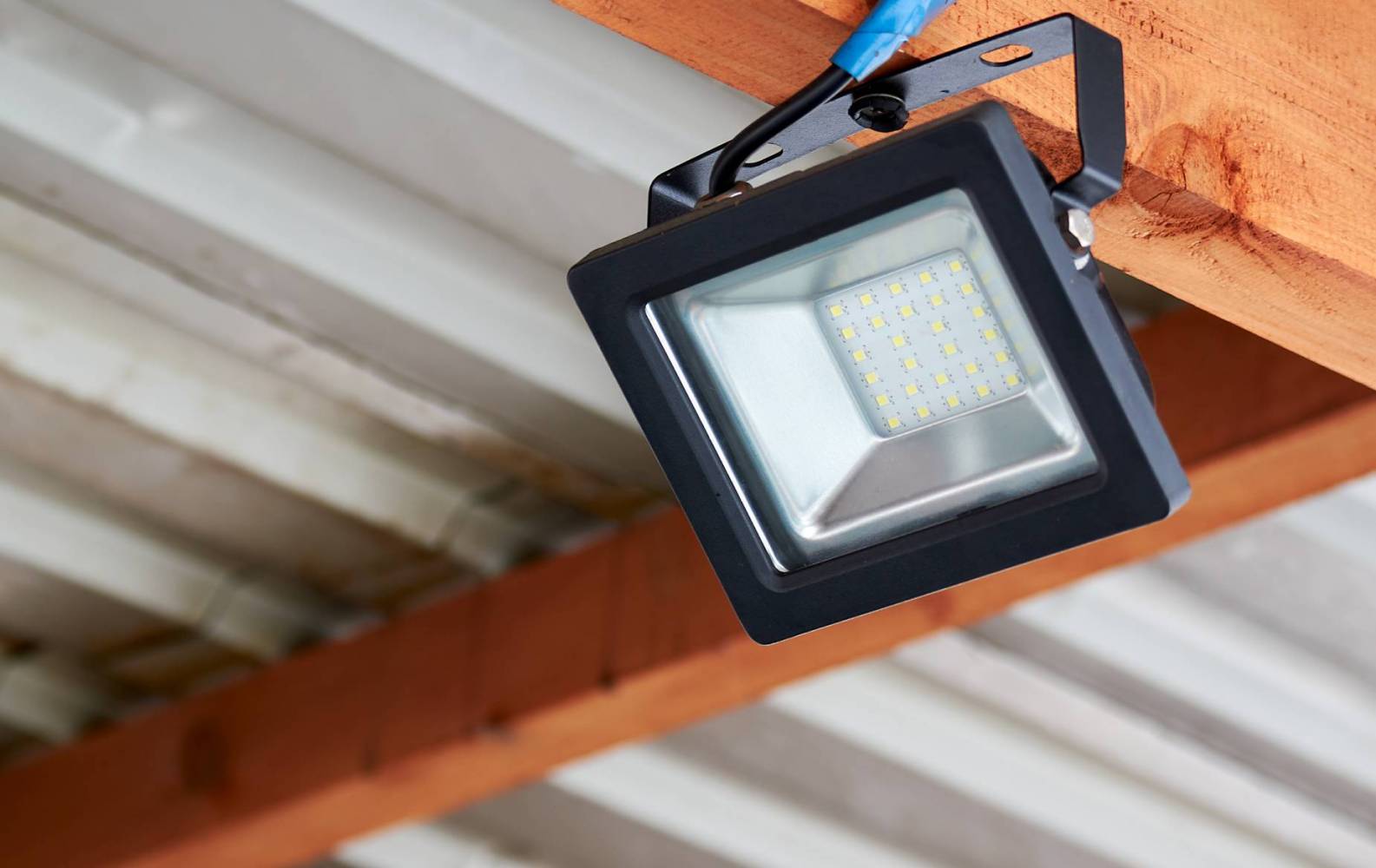
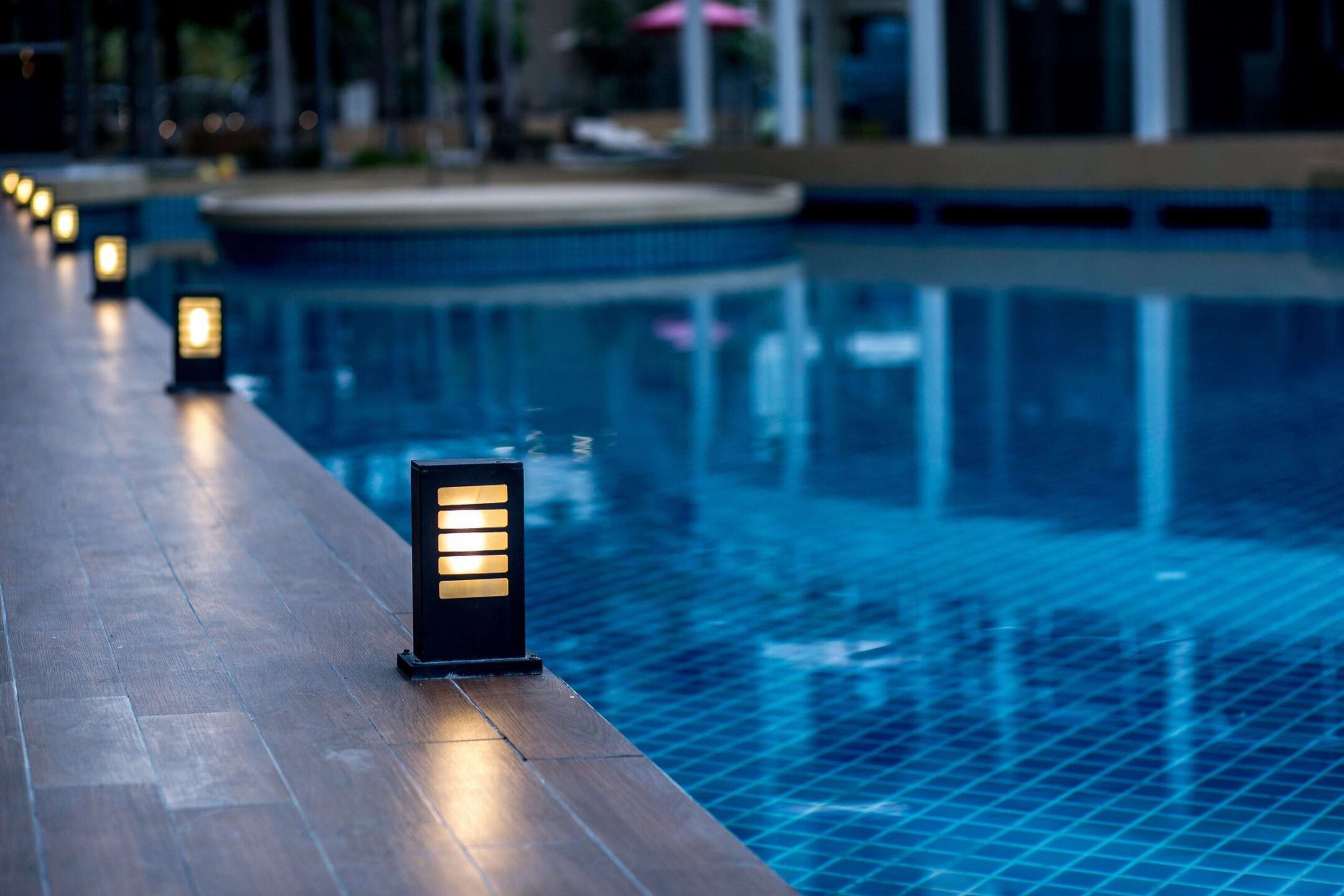

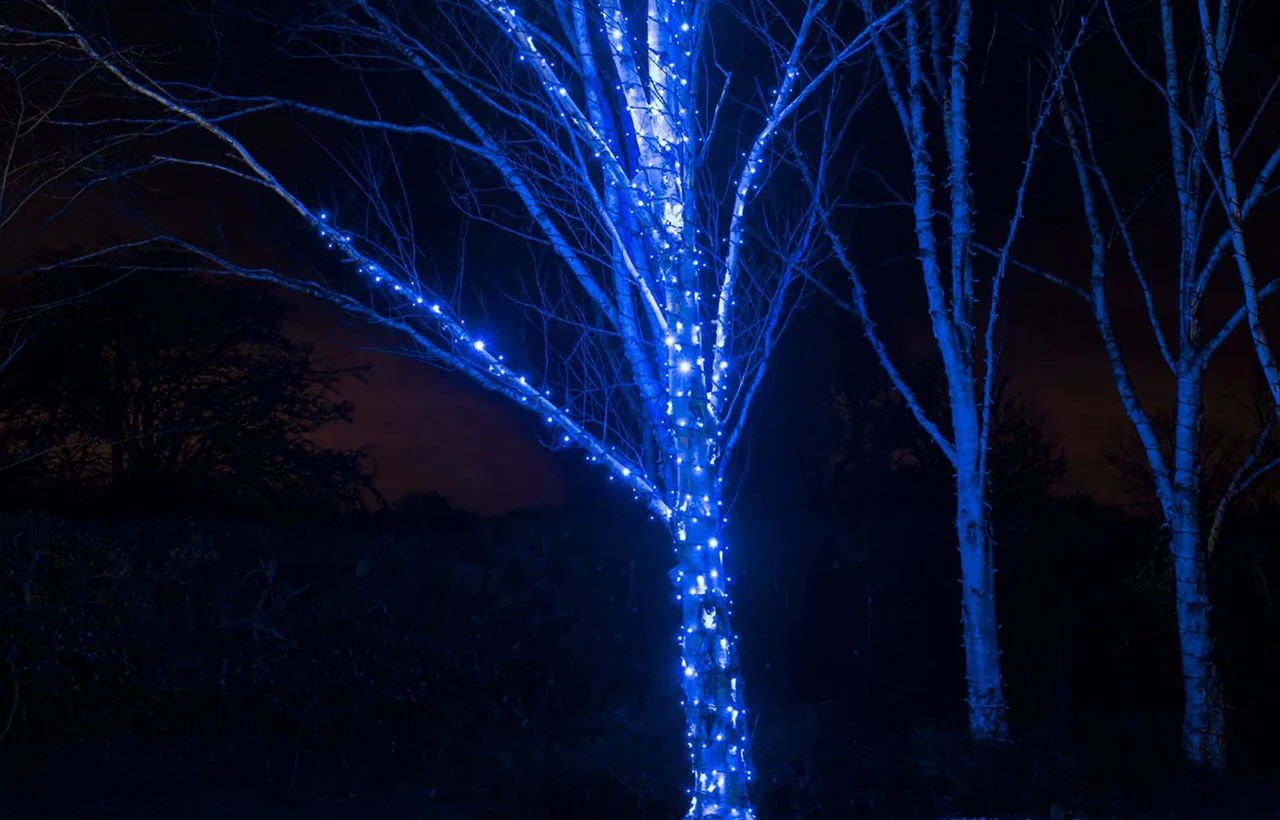
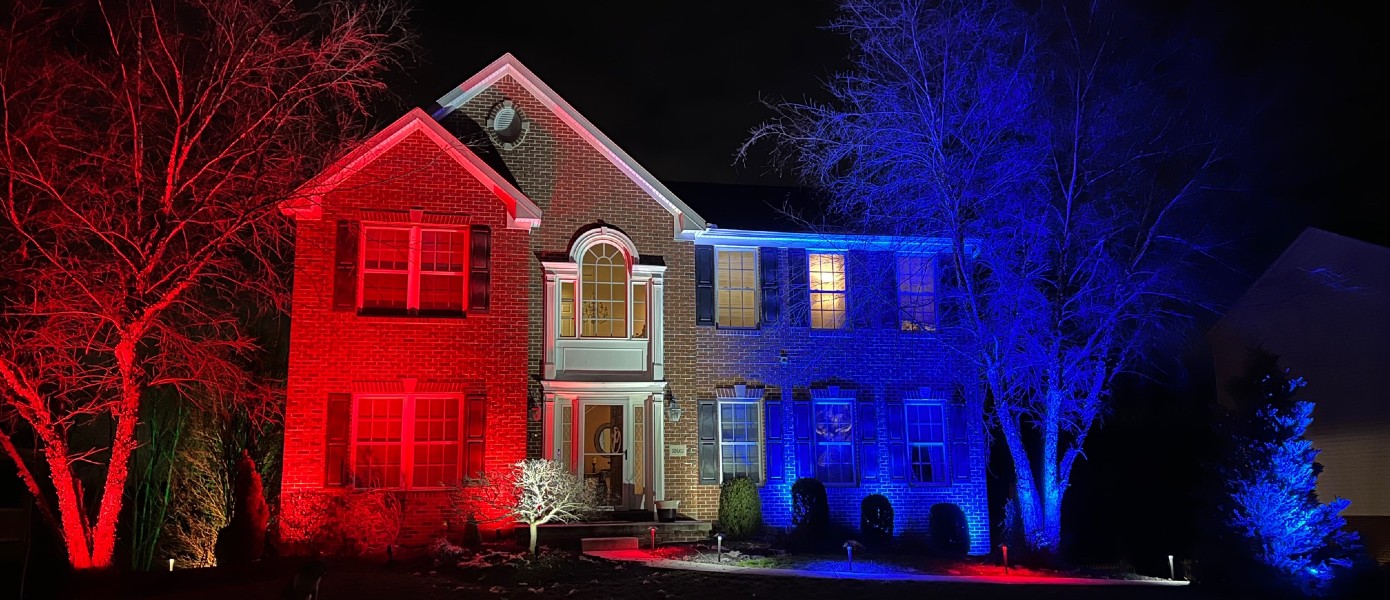
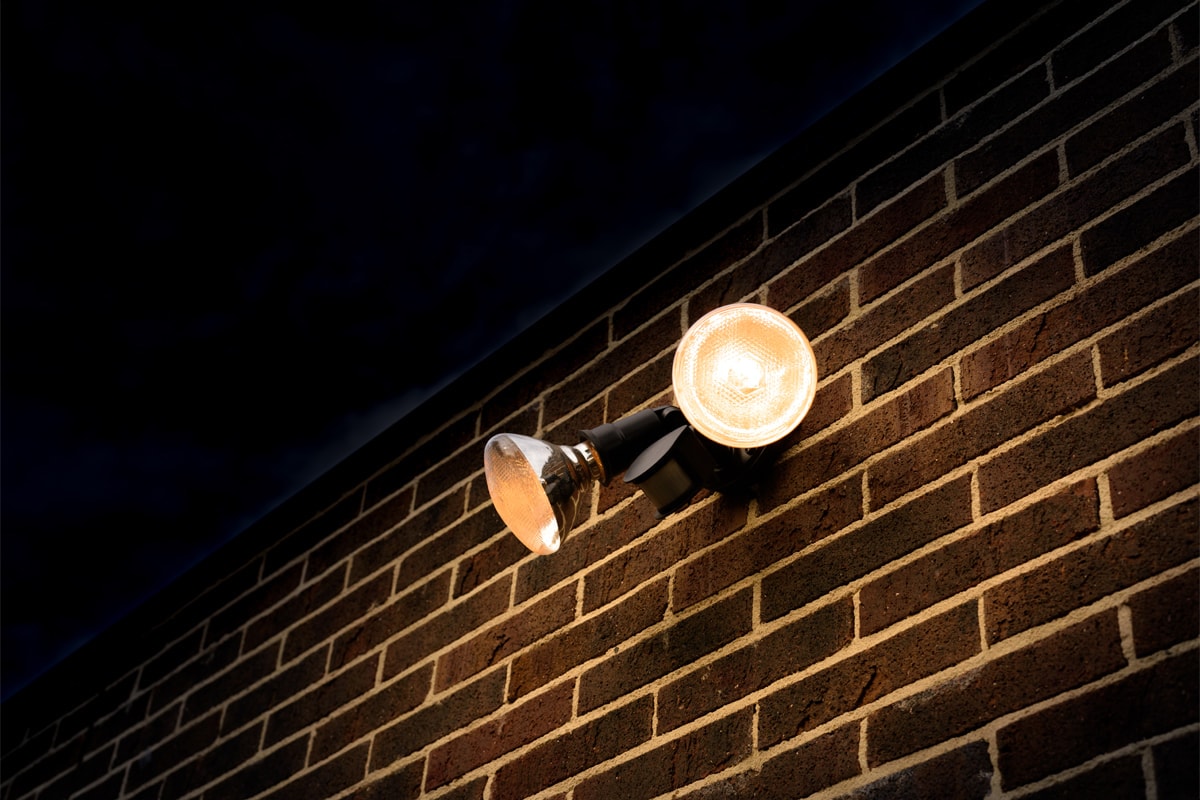
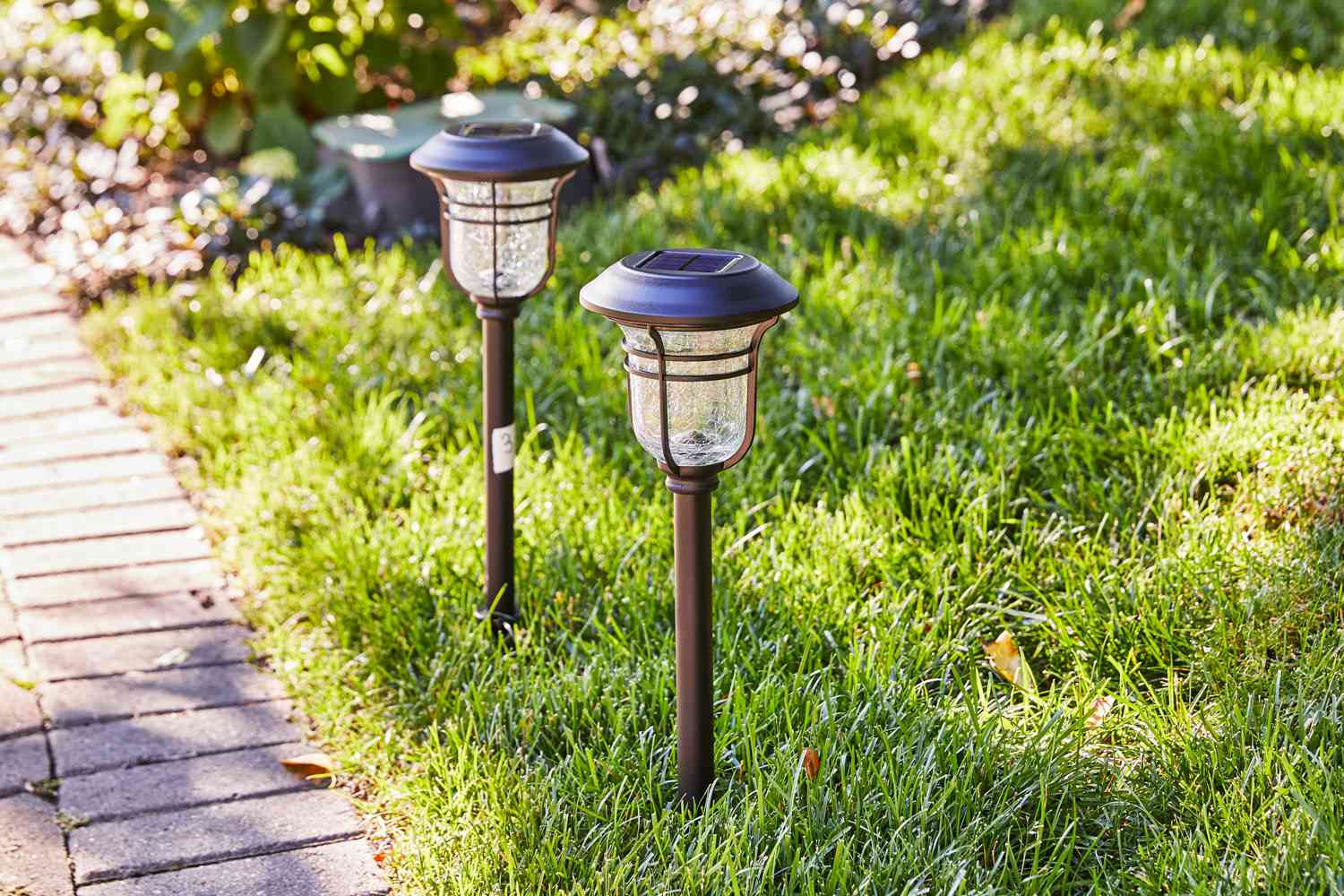
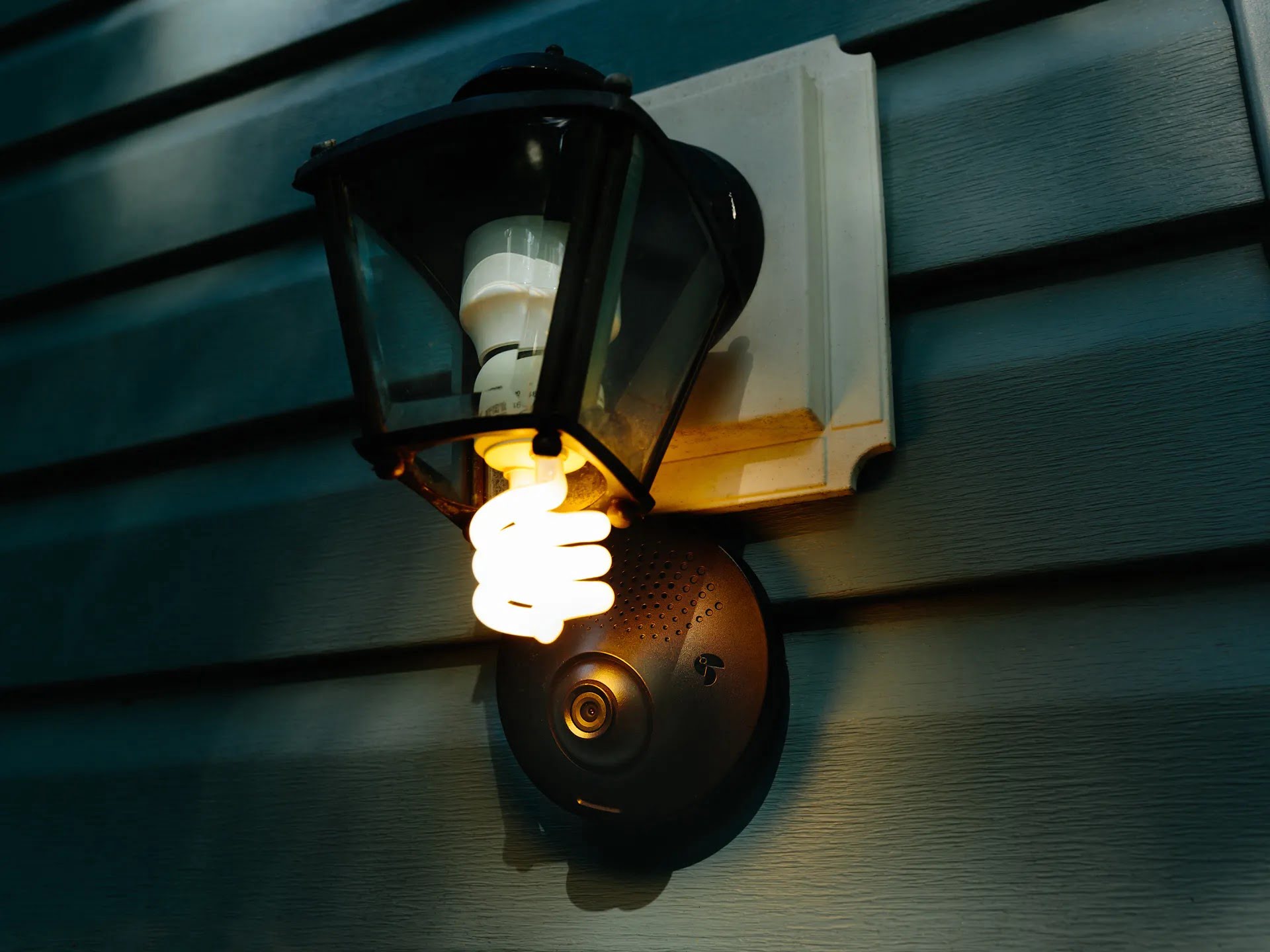
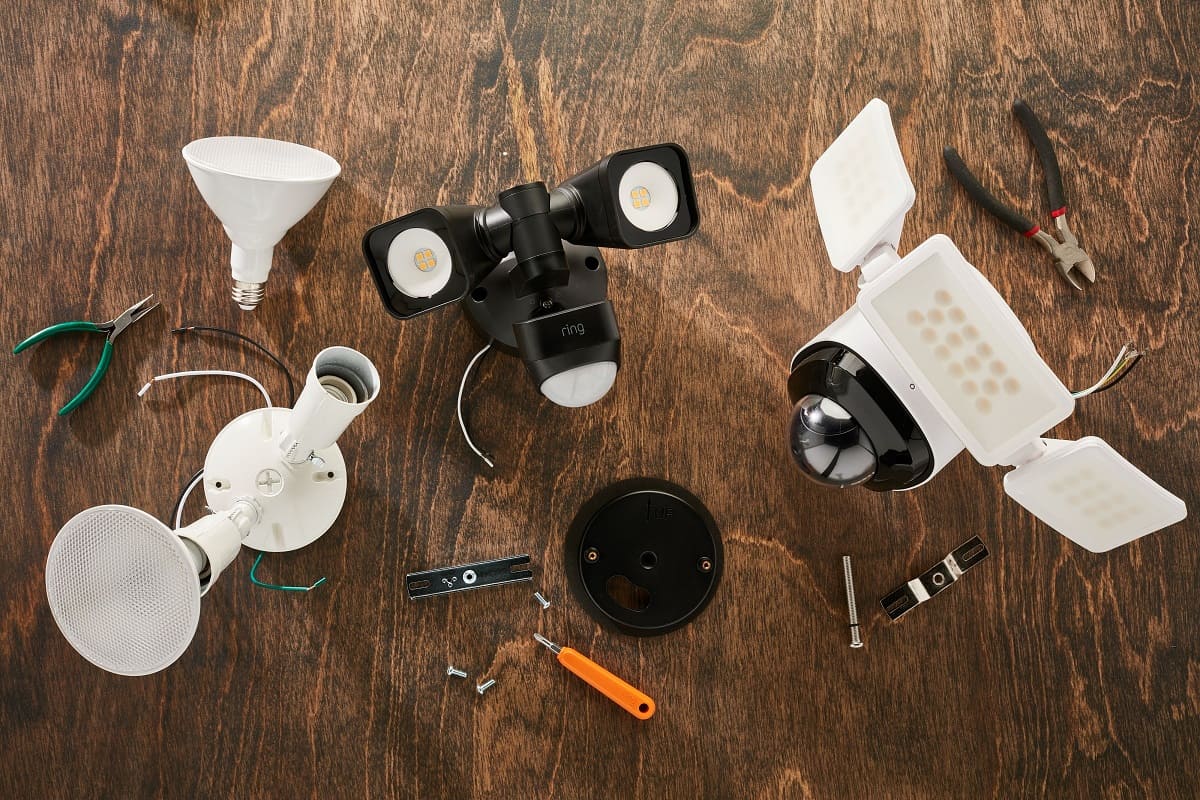

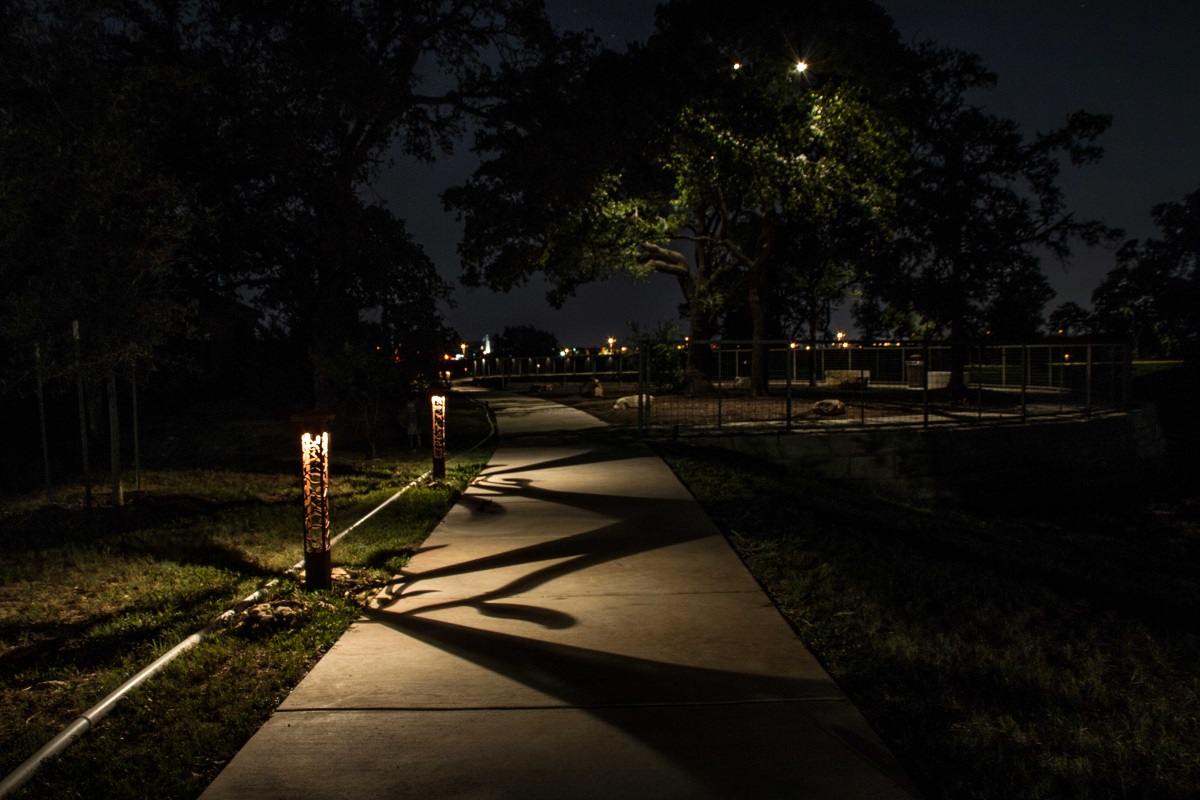

0 thoughts on “What Is A Photocell For An Outdoor Light”